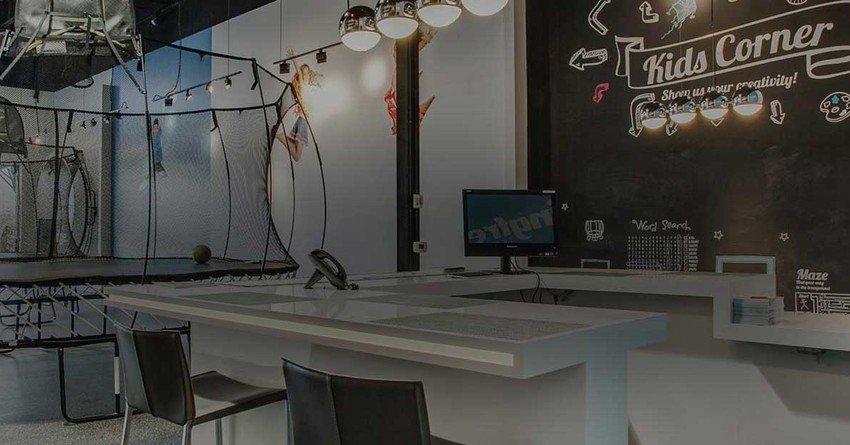
If you’ve ventured to a public place recently, you may have spotted trampolines on display at your local mall or activity centre.
What you might not know is the company behind these displays, Springfree Trampolines, is somewhat of a pro at pop-up stores.
In the final quarter of each year, Springfree Trampolines rolls out a varied range of pop-up concepts.
These include a partnership agreement to open ‘bricks and mortar’ type pop-up stores with retailer Snow Centre in Newmarket, ‘crowdsourcing’ displays at shopping malls and one-off events and an on-the-go solution which it calls the ‘Jumpzone’.
This is a set of trampolines that can be up and running within the space of a few minutes, and are mostly used at community events.
Springfree Trampoline New Zealand marketing executive Charlotte Garvan says the value of a pop-up store is getting the product in front of the customer for them to experience it firsthand.
Consumers may find it easy to buy low-value goods online, but she says when it comes to high-value goods, pop-up stores are great to get customers comfortable enough to commit to the product.
“Because we cost more, parents often need time and place to evaluate what the Springfree offer really means to them,” Gervan says. “Having a stable ‘bricks-and-mortar’ location that customers can visit at their leisure as they work through the purchase process is valuable for everyone.”

The pop-up stores also allow Springfree to help customers understand aspects of the products that can’t be fully conveyed in online marketing, she says.
An example of this is that its trampoline is actually a ‘smart trampoline’ where the person using it can play a range of apps by moving their body around the trampoline surface.
“Watch it on a video and it’s hard to understand, and fair enough, it’s another world first and something that customers have no previous reference point for,” Gervan says.
“But get the kids, or mum and dad on playing Alien Stomp or Fruitants, figure out that you can measure your physical activity, calorie burn, practice maths or general knowledge, all by actively jumping around the trampoline and compete with others around the world across a wide range of activities, and you really have to see it and try it to get it.”
Another interesting aspect of its pop-up stores is they’re not necessarily opened with the priority of selling trampolines there and then.
Instead, often they act as more of a ‘showroom’ for the product.
“Because we are a ‘high involvement product’ that often requires some thoughtful processing of information, most of our customers take time to work out what is important to them,” she says.
“If they are seeing us for the first time at a pop-up we don’t try and sell them.”
“Our goal is to show the differences, try and help them understand what the alternatives are and let them build their own value matrix. But there are often customers who are well along this journey and they will often choose a pop-up to make their final decision.”
Spaceworks and Pop Up Now managing director Lizzi Hines previously told The Register pop-up stores have “so much” to offer a retailer.
“Pop-up stores are so much more than a trend now, they’re here to stay and that is because they connect with the customer differently to the traditional store. They are the ultimate in igniting the fear of missing out, exclusivity, and the here today, gone tomorrow concept,” she says.
The concept is becoming particularly popular with brands looking to push one certain product.
Recent examples of this include Whittaker’s ‘The K Bar’ pop-up shop, or Molenberg’s pop-up sandwich shop.




